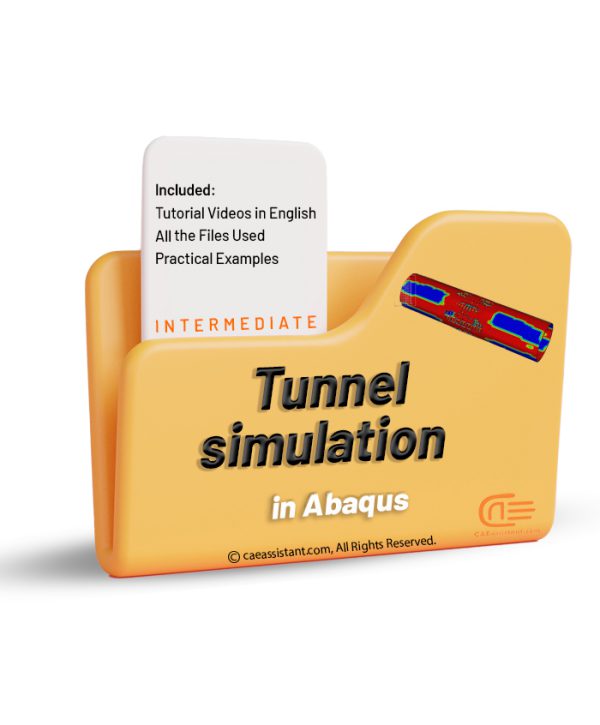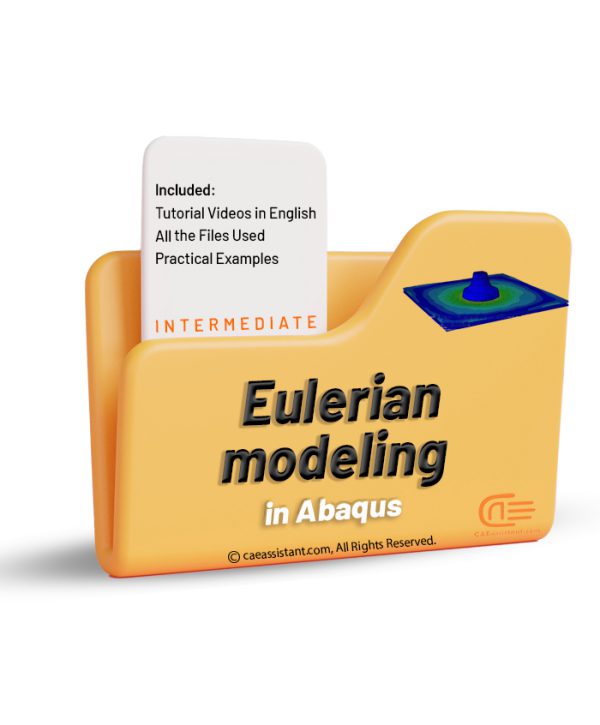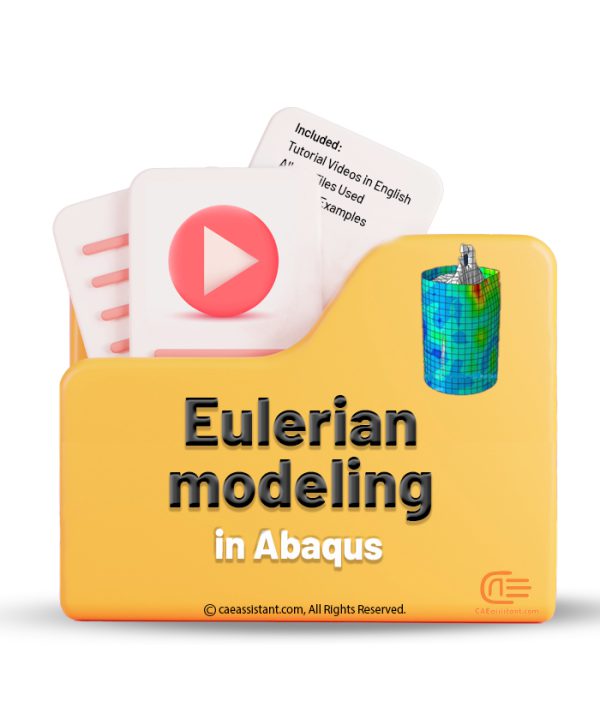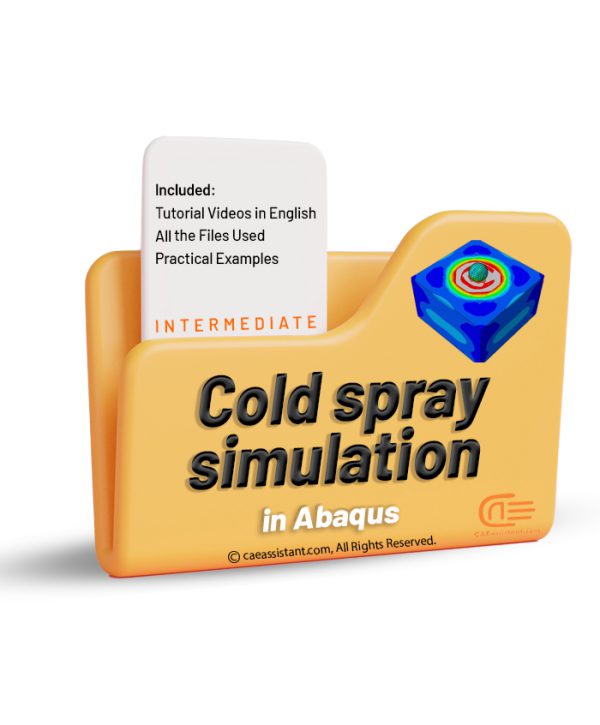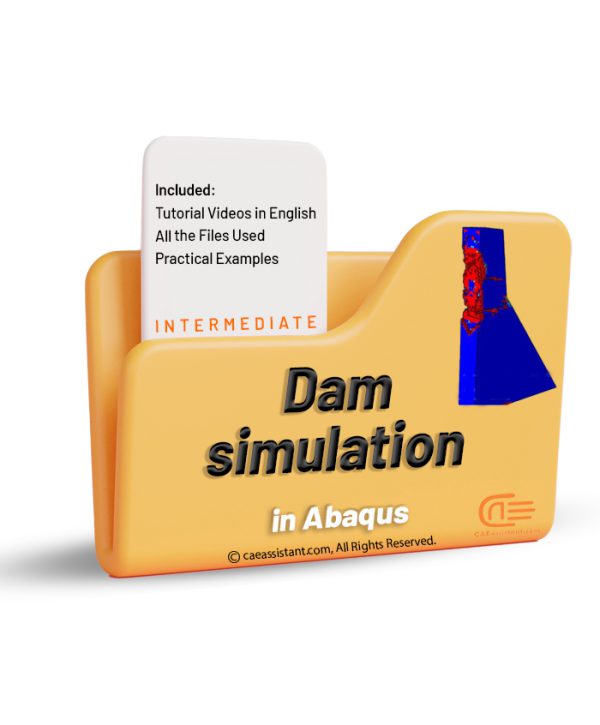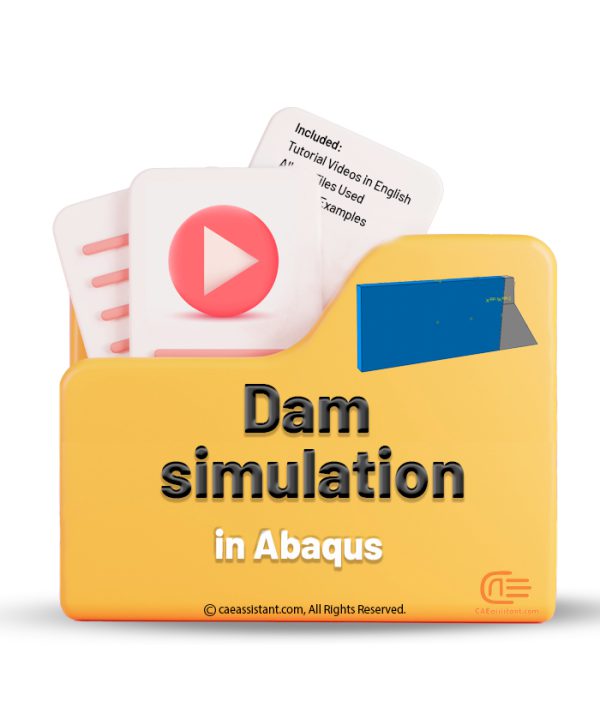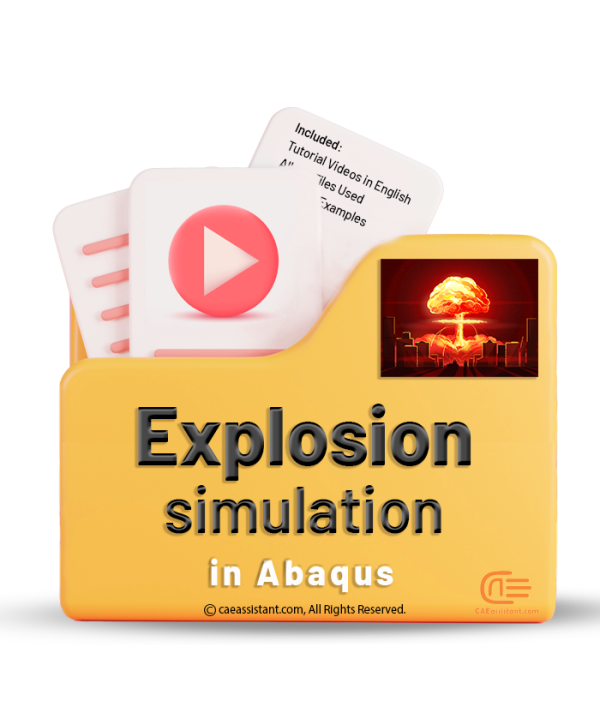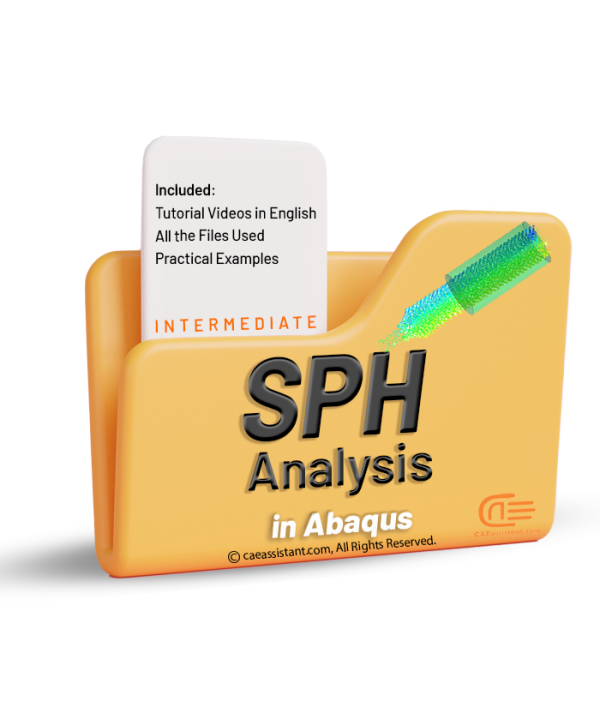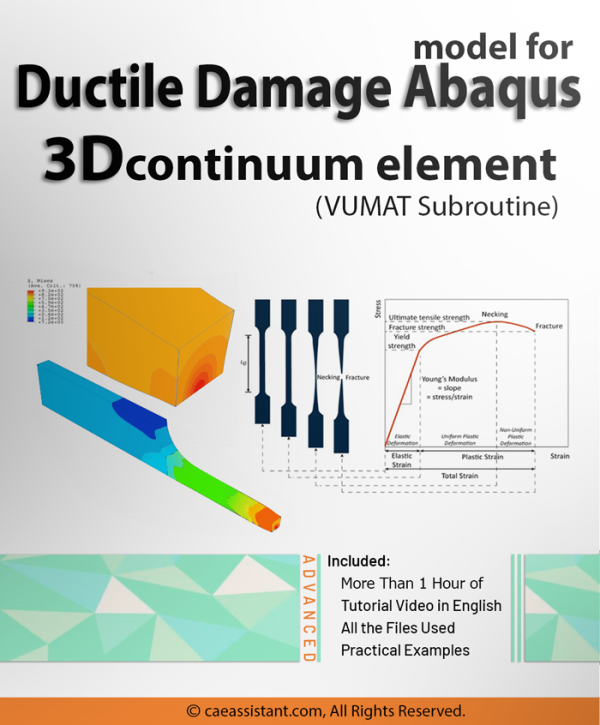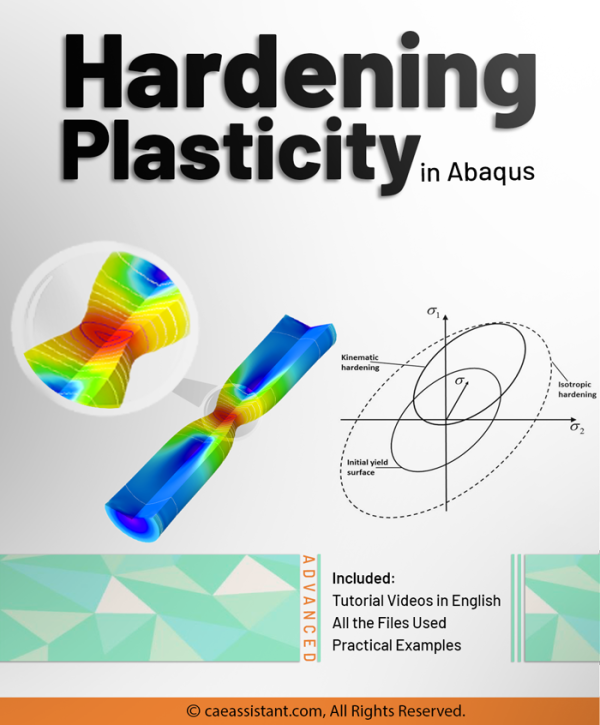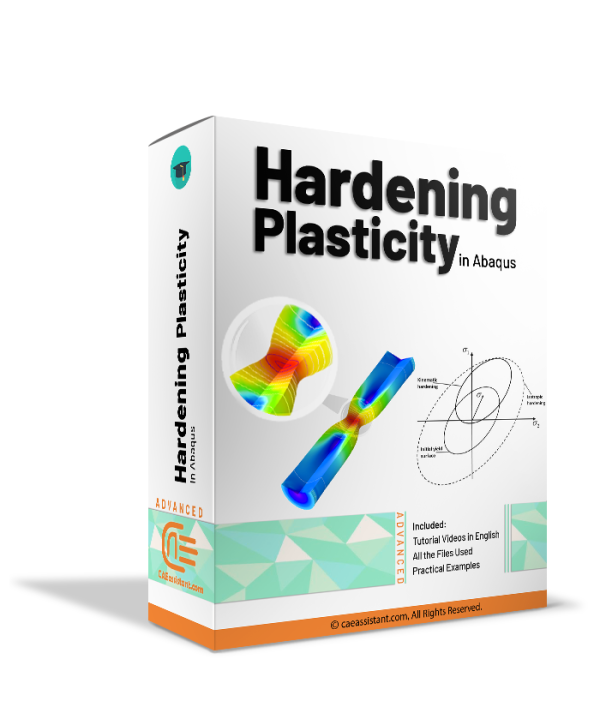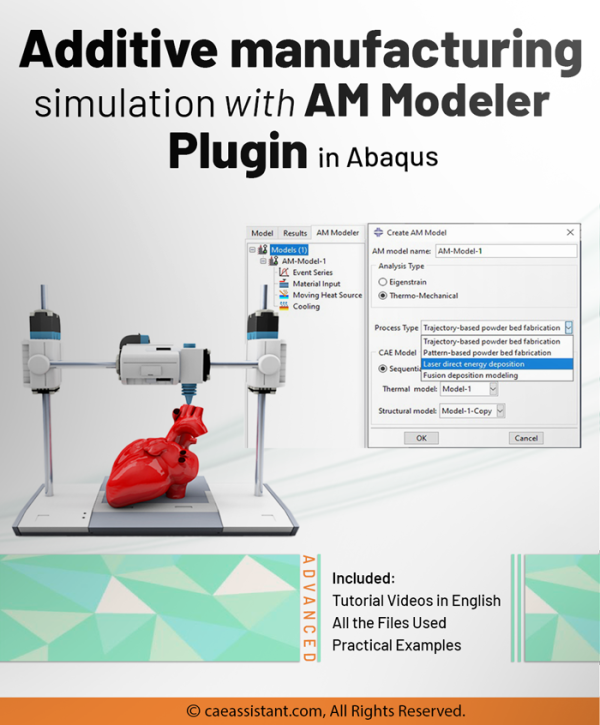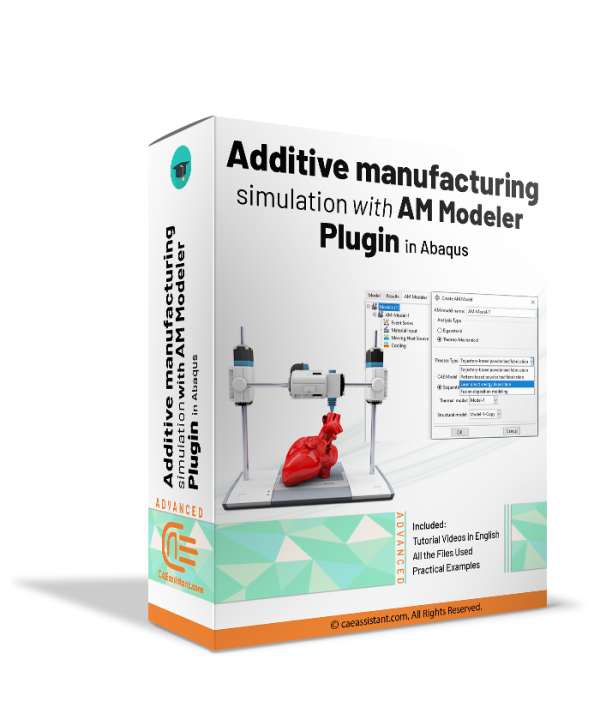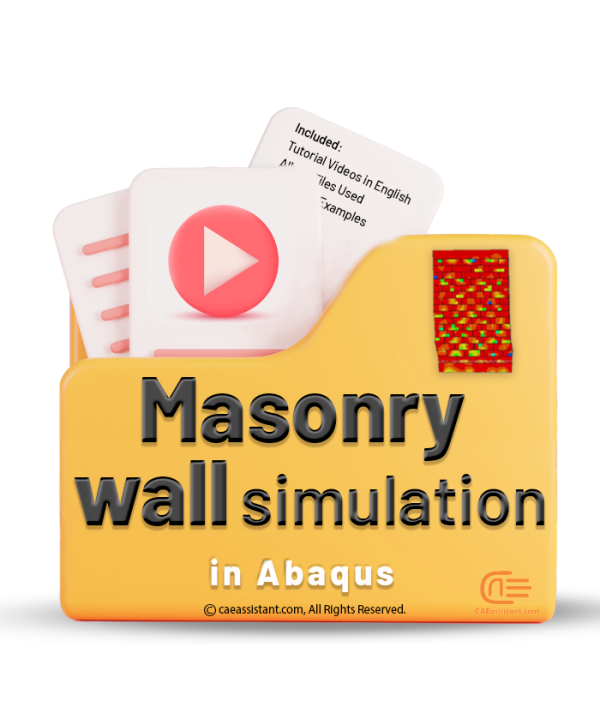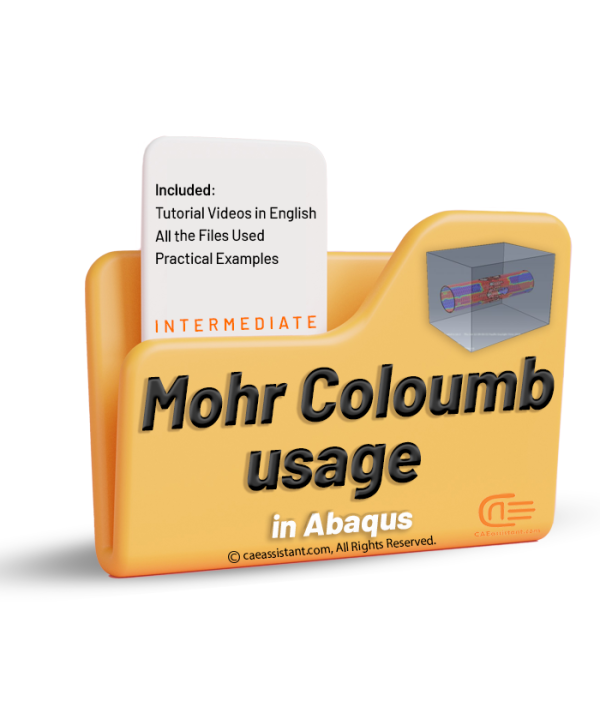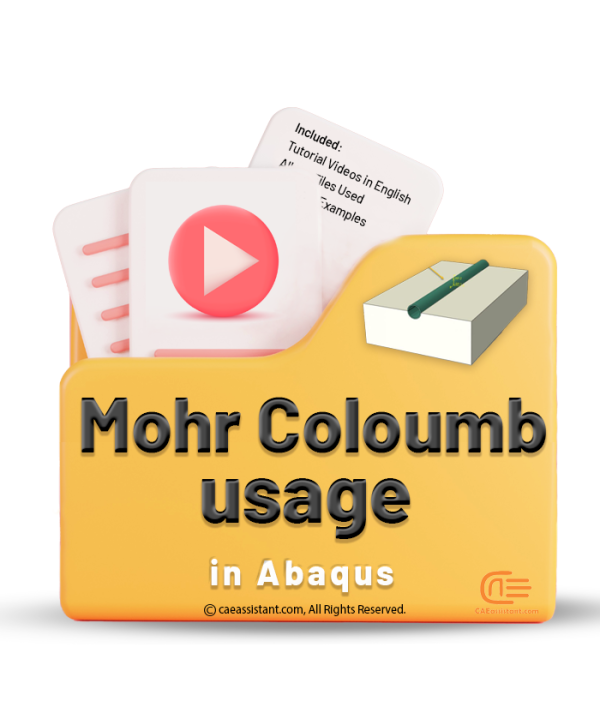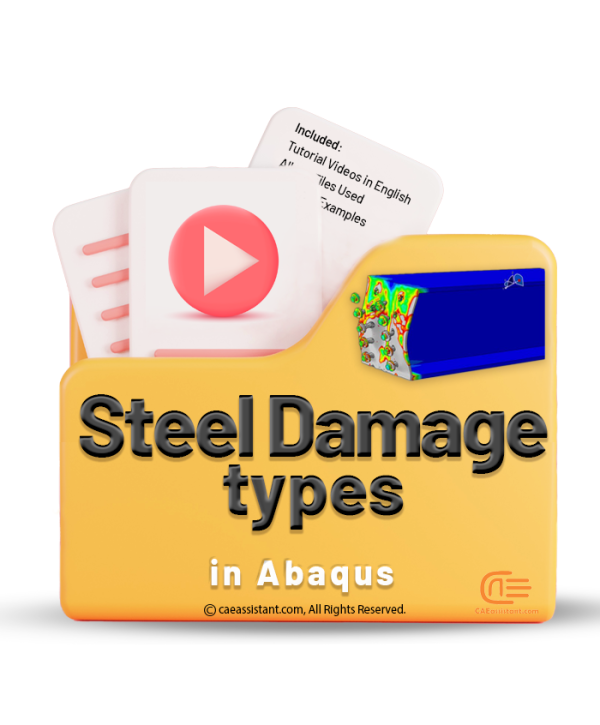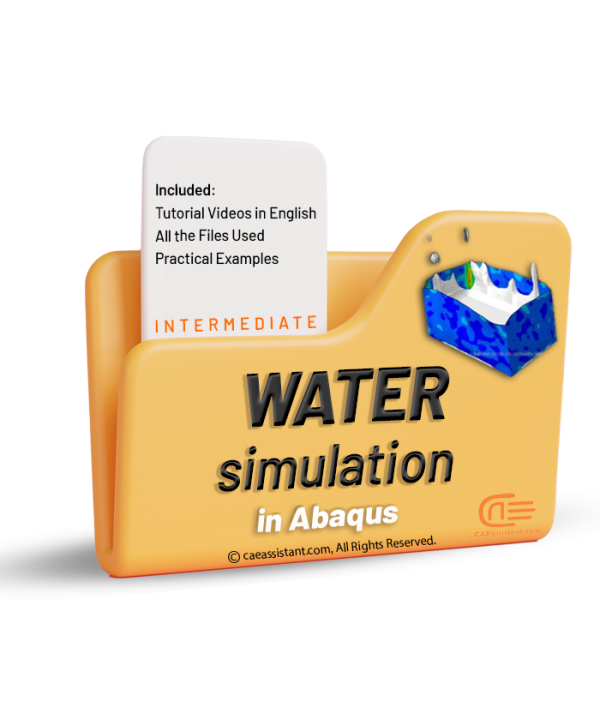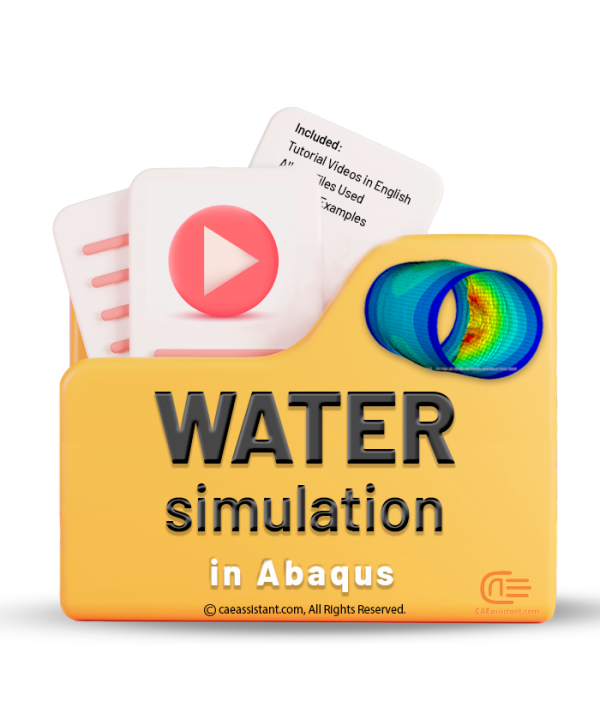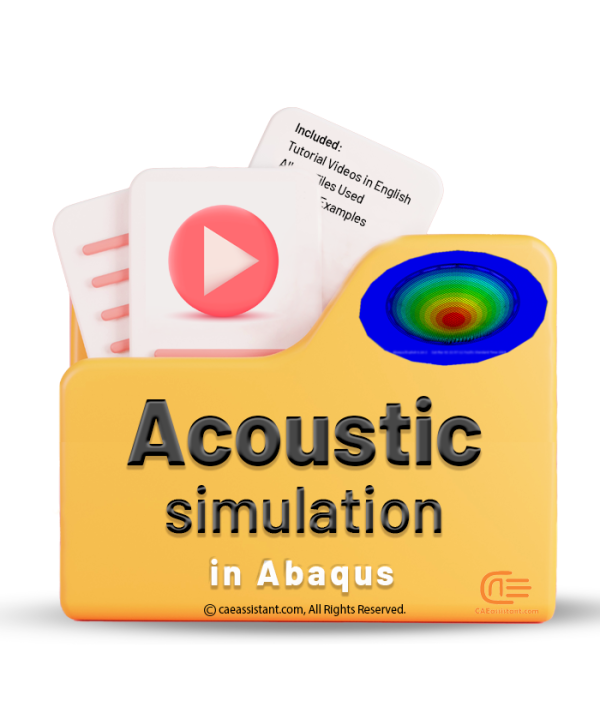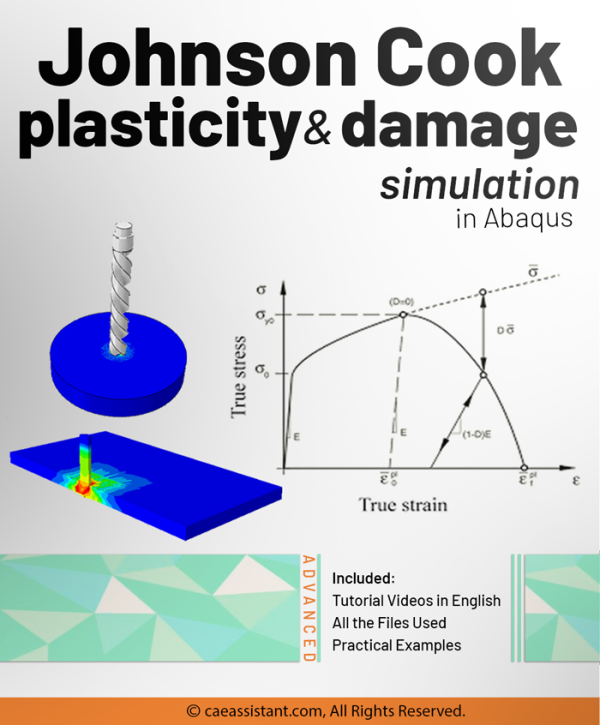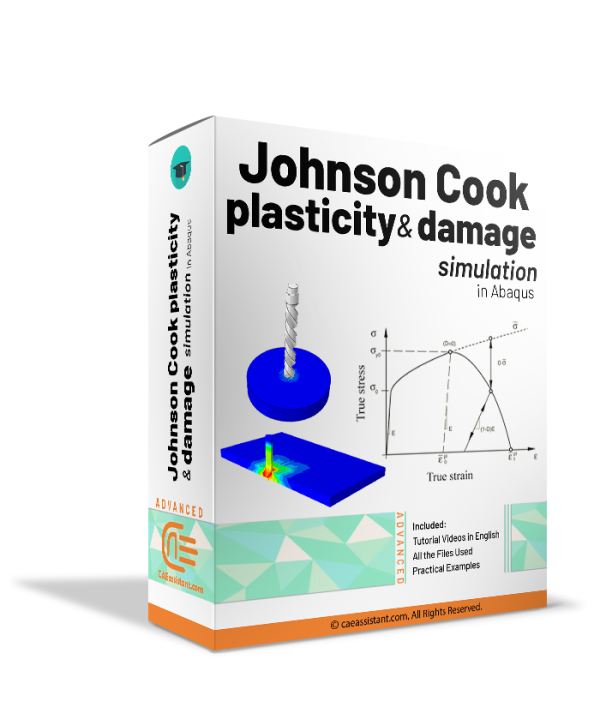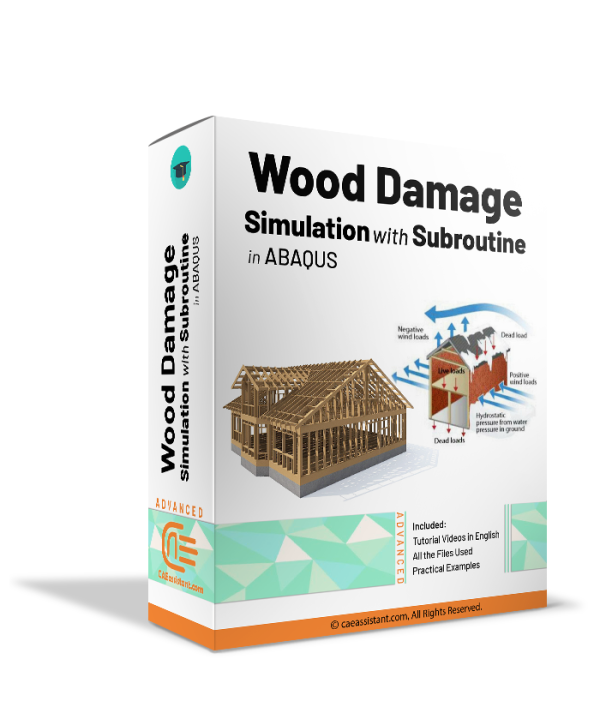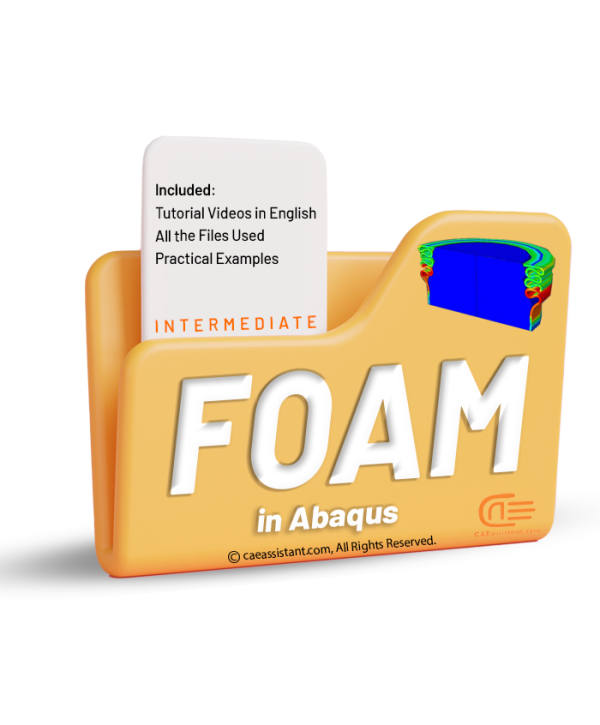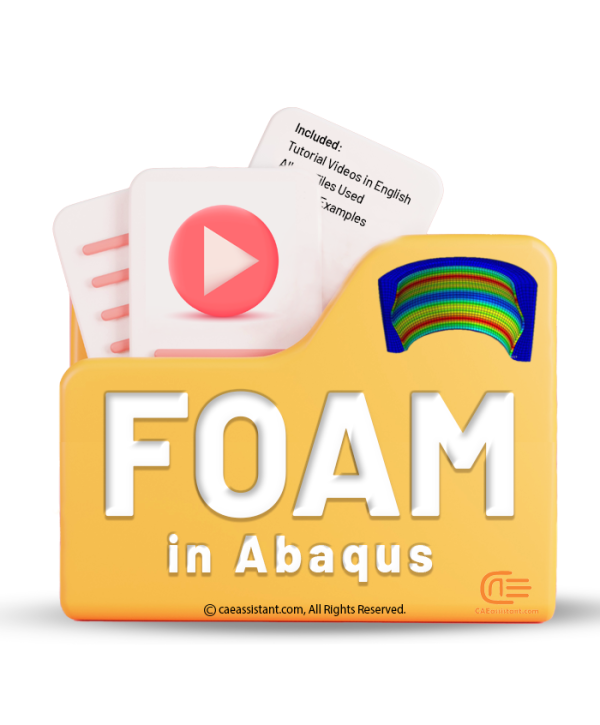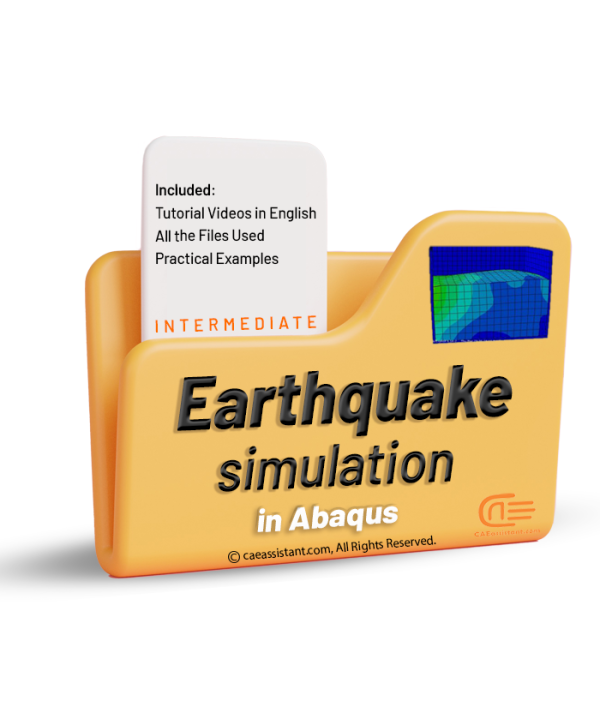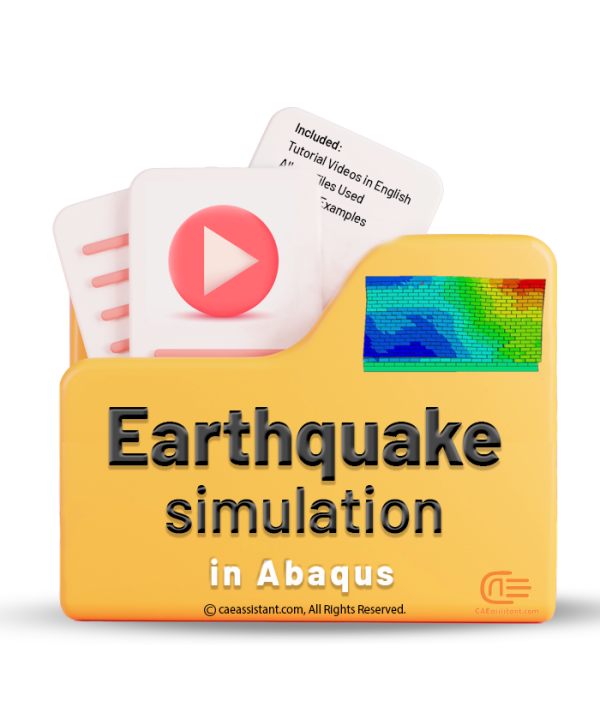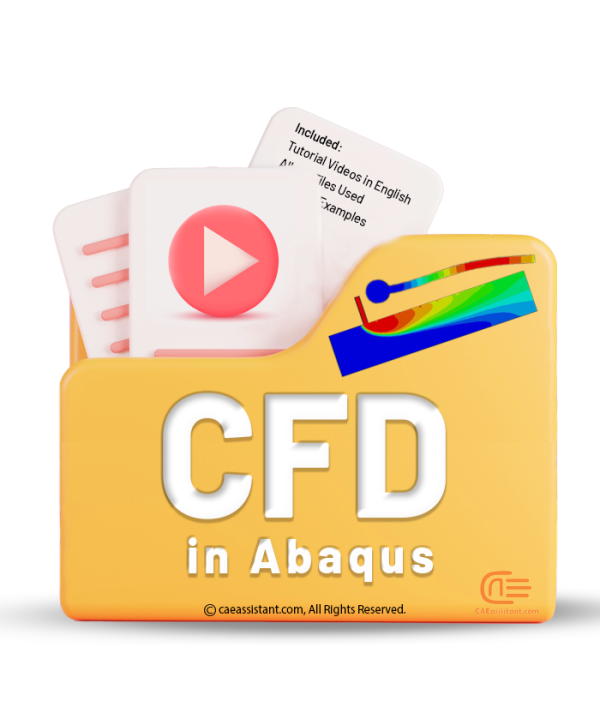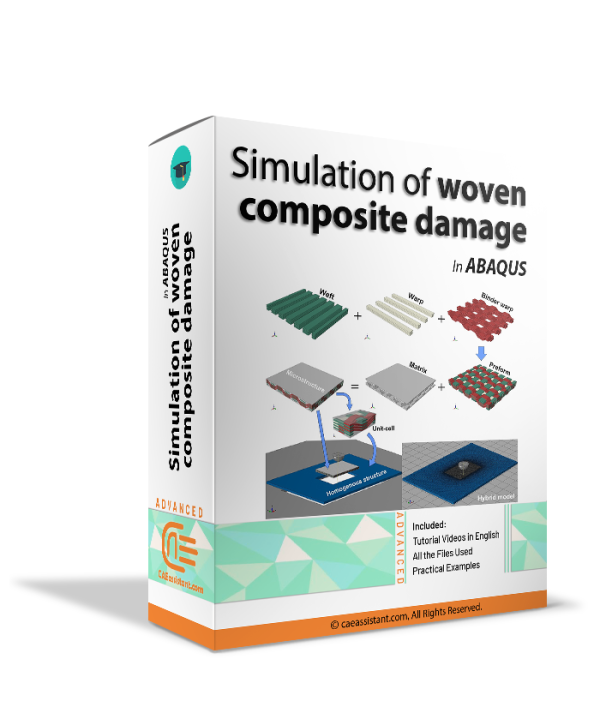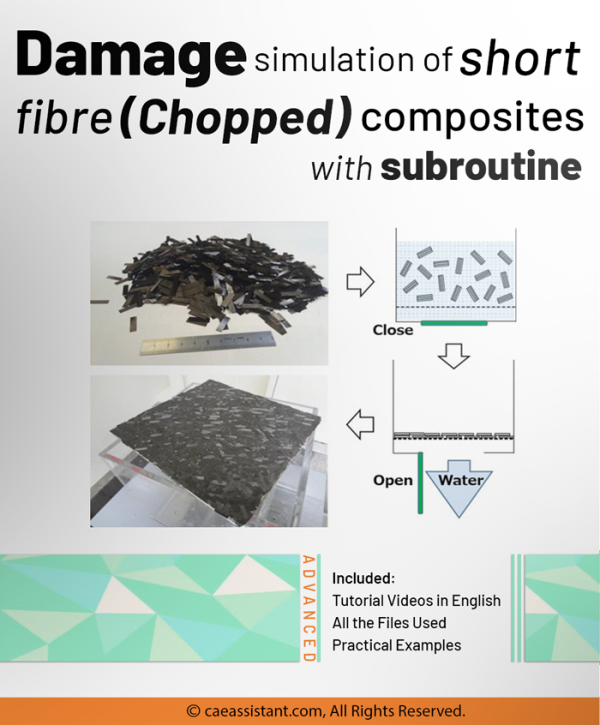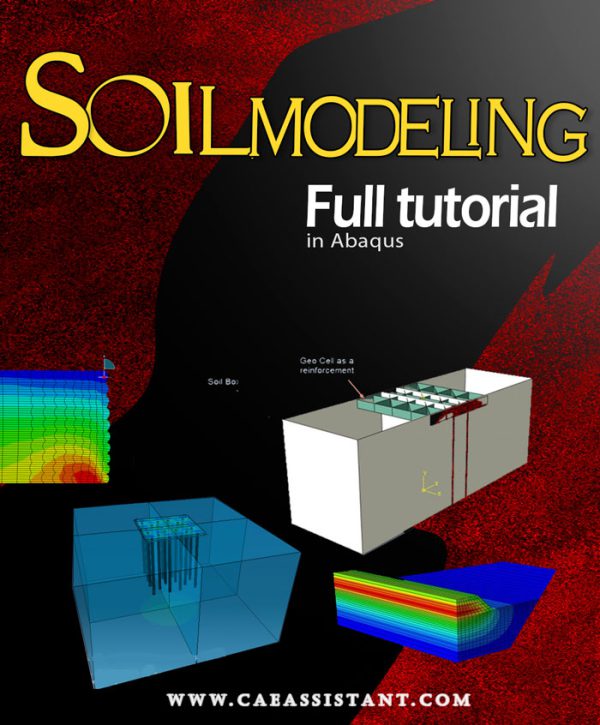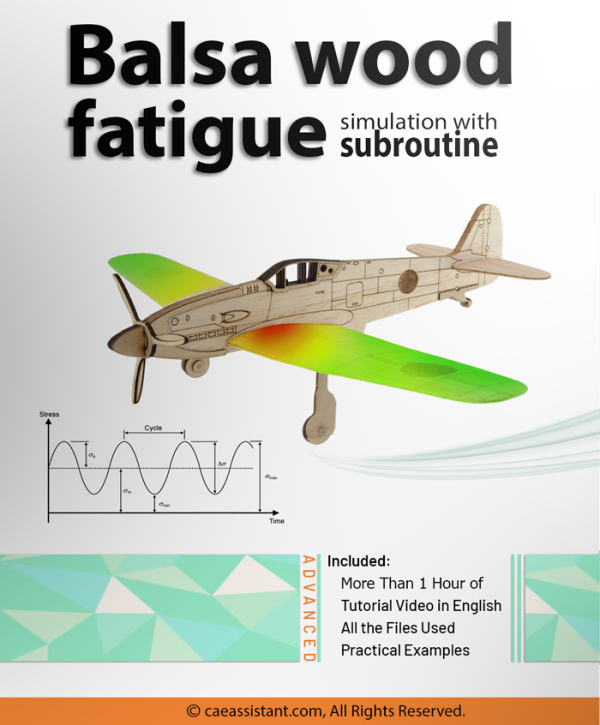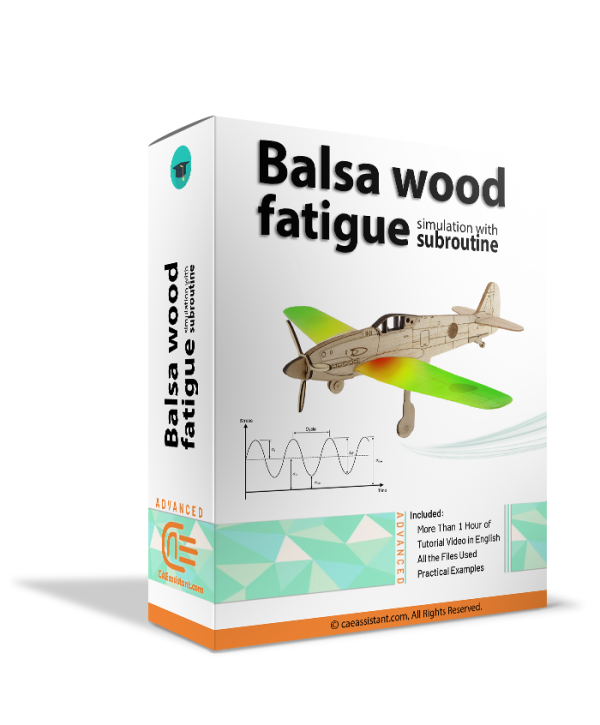Subscription-membership
Tunnel Simulation in Abaqus
A tunnel is an underground or underwater passage for transportation, utility lines, or water pipelines. Tunnels are critical infrastructure, and their safety and reliability are essential for ensuring public safety and the smooth functioning of society. Tunnel simulation involves using computer models to predict the behaviour of tunnels under different types of loading conditions, such as earthquakes, floods, or explosions. These simulations can help engineers and policymakers assess the safety and reliability of tunnels, identify potential failure modes, and develop strategies to mitigate risks. By using advanced simulation techniques, engineers can better understand the complex behavior of tunnels and design more effective and durable structures. Tunnel simulation is an essential tool for ensuring the safety and resilience of tunnels and the infrastructure they support. Some workshops are presented in this package to teach you how to simulate and analyze tunnels in Abaqus; two of these workshops are Damage analysis of an underground box tunnel subjected to surface explosion and Tunnel dynamic analysis subjected to internal blast loading using CEL method.
Eulerian Modeling & CEL in Abaqus
The Eulerian method is a numerical technique used to analyze fluid mechanics problems. In this approach, the fluid is treated as a fixed grid, where the nodes remain stationary while the fluid flows through them. In Abaqus, the Eulerian method can be used to analyze fluid-structure interactions, such as fluid impact on structures or the behavior of fluids in containers. To use the Eulerian method in Abaqus, the desired geometry must first be meshed using Eulerian elements. The material behavior of the fluid is then defined using appropriate equations of state. Finally, the boundary conditions and loading are applied, and the system is solved using the appropriate numerical method, such as the finite element method. This package will teach you how to use this method and various practical examples.
Cold spray & Shot peening simulation in Abaqus
Cold spray is a process used to deposit materials onto a substrate by accelerating fine powder particles to high velocities using compressed gas. Upon impact with the substrate, the particles undergo rapid plastic deformation, disrupting surface oxide films and promoting bonding between metal surfaces. Unlike thermal spray processes, cold spray avoids thermal degradation and partial oxidation of the coating material, resulting in coatings with low porosity and oxygen content. The process is highly efficient, with deposition efficiencies often exceeding 90%. Shot peening is a metal treatment process that involves bombarding a surface with small, round metallic (usually steel), ceramic, or glass beads at high velocity. This process creates small indentations on the surface, which in turn introduces compressive residual stress into the material. These two processes are different and use for separate purposes but their simulations are the same.
Cold spray is particularly important in applications where thermal degradation or oxidation of the coating material is a concern or where the coating is required to be thick and free from defects. In this package, you will learn how to simulate this process with different methods, such as ALE and SPH, with different materials. For example, Cold spray simulation of steel particles impacts on the Inconel target using ALE method.
Dam simulation in Abaqus
A dam is a large concrete or earthen barrier built across a river or other waterway to create a reservoir for storing water. Dams are critical infrastructure for providing water for irrigation, drinking, and hydroelectric power generation. However, they are also susceptible to damage from natural disasters and human-made threats, such as earthquakes, landslides, and terrorist attacks. Abaqus can predict the behavior of dams under different loading conditions, including earthquakes, floods, and explosions. It also can model the interaction between the dam, water, and soil, making it a comprehensive and powerful tool for dam engineering. In this package, you will learn how to model dams in different conditions, such as dam simulation subjected to earthquakes in interaction with water and soil and dam simulation subjected to an underwater explosion.
Abaqus Explosion
An explosion is a rapid and violent release of energy, usually accompanied by a loud noise, heat, and pressure waves. Explosions can be caused by a variety of factors such as chemical reactions, combustion, nuclear reactions, or mechanical failure. Explosions can cause severe damage to buildings, infrastructure, and human life. To minimize the impact of such incidents, accurate and reliable simulation of explosions is crucial. Explosion simulation involves modeling the complex interactions of blast waves, shock waves, and debris with the surrounding environment. By simulating explosions, engineers and scientists can identify potential risks and develop effective safety measures. In this package, you will learn how to model explosions in different situations with practical examples, such as Air blast explosion simulation inside an RC room and Subsurface explosion simulation on buried steel pipelines.
9 Practical Workshops for SPH in Abaqus💡 | Abaqus SPH Tutorial
Smoothed Particle Hydrodynamics Tutorial: Abaqus SPH (Smoothed Particle Hydrodynamics) is a numerical method used in this software to model fluid-structure interaction problems. SPH in Abaqus is a meshless approach that uses a set of particles to discretize the fluid domain. The Abaqus SPH modeling tutorial is particularly useful for problems with large deformations, fragmentation, and free surface effects.
It can be used in combination with other Abaqus features, such as finite element analysis, to model coupled fluid-structure systems. This Abaqus SPH tutorial, created by CAE Assistant group, can help you understand and apply this method through practical examples, some of which include projectile impact simulation on a cementitious material, TNT explosion simulation inside a rock using the SPH method, bullet movement through a water pipe in Abaqus, and bird strike simulation in Abaqus.
Ductile Damage Abaqus model for 3D continuum element (VUMAT Subroutine)
In this package, the continuum damage mechanics framework for ductile materials is implemented and developed in ABAQUS by VUMAT Subroutine.
Constitutive modeling is treated within the framework of continuum damage mechanics (CDM) and the effect of micro-crack closure, which may decrease the rate of damage growth under compression, is incorporated and implemented.
The present package has been organized as follows. In the Introduction section, the basis of the CDM in ductile materials is explained, and the applications of the CDM are stated. In the Theory section, the CDM model formulation is briefly reviewed, and with micro-crack closure, the effect is described. In the Implementation section, an algorithm for the numerical integration of the damage constitutive equations is presented. In the VUMAT Subroutine section, the flowchart of the subroutine, and the subroutine structure, step by step, are explained in detail. How to run the VUMAT Subroutine in ABAQUS will be presented in this section. In the Verification section, the validation and verification of the numerical implementation will be evaluated, and the stability, convergence and accuracy of the results will be investigated. In the Application section, the applications of using the ductile damage model in mechanical processes are presented, and the prediction of damage growth and failure in mechanical processes is investigated.
Hardening plasticity in Abaqus
In this package, hardening plasticity in the Abaqus software using Abaqus material models or UMAT subroutine or UHARD subroutine is discussed. It should be mentioned using a subroutine to define hardening could be more professional and this package tries to familiarize users with these subroutines for hardening definitions. So, if you want to write these subroutines for your customized project in the hardening plasticity field, I recommend you the "UMAT Subroutine (VUMAT Subroutine) introduction" and "UHARD Subroutine (VUHARD Subroutine) in ABAQUS".
Additive manufacturing simulation with Abaqus AM modeler plugin
3D printing is the layer-by-layer creation of three-dimensional objects using materials such as plastic or metal, based on a digital design. Simulation of the 3D printing process involves software that predicts and enhances the printing process for efficient and accurate production. This training package includes the use of the AM Modeler plug-in, which allows for selecting the type of 3D printing and conducting the simulation without coding. Two workshops will be taught to master the use of this plug-in: "Sequential Thermomechanical Analysis of Simple Cube One-Direction with LPBF 3D Printing Method Using the Trajectory-Based Method with AM Plug-In" and "3D Printing Simulation with Fusion Deposition Modeling and Laser Direct Energy Deposition Method with AM Plug-In".
Masonry wall Abaqus simulation
The term masonry can refer to the construction materials brick, stone, etc. An assembly of masonry units, such as concrete blocks, burnt clay bricks, sundried bricks, stone bricks, and natural stones, linked together with mortar or grout is referred to as a masonry wall. It is important to know how these structures behave under different loading conditions, such as explosion, tension, earthquake, etc. to have the best design. In this package, you’ll learn all of that in four workshops: Behavior of a masonry wall under a couple Eulerian-Lagrangian explosion, micro modeling of a masonry wall, modeling of reinforced bricks masonry beams using GFRP reinforcement, earthquake simulation over masonry wall.
Geostatic analysis in Abaqus
Geostatic Relates to the pressure exerted by the earth or similar substance. Total stress at a point due to the combined weight of the soil or rock (solids plus water) and the load on the foundation is called Geostatic stress. Geostatic analysis is used in cases such as earthquakes, designing a dam, analyzing the foundation of a structure, etc. In this package, three workshops are presented to learn the Geostatic analysis: The first workshop analyzes a water column broke under the weight of gravity, the second workshop simulates an earthquake load over a gravity dam in contact with water and dirt, the last workshop models cylindrical tank's water sloshing phenomenon.
Mohr-coulomb usage in Abaqus
A mathematical model called the Mohr-Coulomb theory describes how brittle materials, such as concrete or rubble piles, react to both shear stress and normal stress. This rule is followed by the majority of traditional engineered materials in at least some of their shear failure envelope. In this package, you will learn how to use this theory in four practical examples: Analysis of surface explosion damage to an underground box tube in ABAQUS, dynamic analysis of a tunnel in soil subjected to internal blast loading, An internal explosion-related numerical simulation of the behavior of a pipeline's damage mechanics, and for cases utilizing crashworthiness, simulate an Eulerian method to soil impact analysis.
Steel Damage types in Abaqus
Steel materials are everywhere and used in almost every structure, from the building you live into the car you drive. Therefore, it’s essential to know the steel properties and behaviors when it’s under different loading conditions such as compression, tension, cyclic load, impact, etc. moreover, knowing the damage mechanism of steel structures helps to have better designing. In this tutorial package, you will learn how to analyze steel structures when they’re damaged with practical examples. There are five workshops here that could teach you the damage mechanism of steel structures: Simulation of bolt failure on the steal beam, reinforced concrete containment damage mechanism under internal explosion, tensile test of a steel specimen, impact on ceramic plate reinforced by steel plate, water jet cutting simulation.
Water Simulation in Abaqus
Water is the primary component of the Earth's hydrosphere and the fluids of all known living things. Therefore, we build dams to store the water and transfer it through piping systems to use it for daily activities and produce energy. In industries, we use it as a cooler, solvent, hydroforming, cutting, etc. In this package, there are nine practical examples, such as the ones mentioned to teach you how to simulate water in Abaqus. These examples are explosions in the depth of the water, gravity dam simulation subjected to the underwater explosion, ball impact to the water, water jet cutting, etc.
Acoustic simulation in Abaqus
The study of mechanical waves in gases, liquids, and solids, including issues like vibration, sound, ultrasound, and infrasound, is the focus of the physics subfield of acoustics. A shock wave is a sort of disturbance that propagates across a medium faster than the local speed of sound. In industry, we use acoustic loading in cases such as hydraulic forming, SONAR, seismology, acoustic emission, vibration analysis, engine testing, etc. In this package, you will learn how to model acoustic loadings and shock loadings in four workshops: Deformation behavior of a stiffened panel subjected to underwater shock loading, Acoustic method-based numerical simulation of the electro-hydraulic forming process, Failure modes of concrete gravity dams simulation exposed to an underwater explosion, and Simulation of hull Coupled acoustic-structural response subjected to an underwater explosion.
Johnson Cook Abaqus plasticity and damage simulation
To drive new ideas, we occasionally need to modify the theory of Johnson-equations. Cook's As a result, we learn how to use the Abaqus model for Johnson Cook theory as well as how to create subroutines for this model in this training package. There are already two written subroutines. You will learn how to apply Johnson-Cook progressive damage in the second one after learning how to apply Johnson-Cook plasticity and damage initiation in the first.
Wood damage simulation with Abaqus subroutine | Wood damage FEM
We concentrate on wood composite deterioration using Sandhas and Hashin failure criteria in this training manual. First, we introduce the failure criteria and associated equations in this package. The damage models' flowchart is then described. The next phase involves trying to explain two subroutines line by line. Finally, we demonstrate the use of these two subroutines in two separate workshops and talk about the outcomes.
Foam simulation in Abaqus
Foam is a type of expanded plastic and rubber produced by forcing gas bubbles into a polymer material. It is a permeating, lightweight material. Along with corrugated packaging, foam fabric can protect goods during transportation. Foams, a novel family of ultra-light materials, have the capacity to undergo significant deformation at practically constant plateau stress, which allows them to absorb a significant amount of kinetic energy. In this tutorial package, you will learn how to analyze sandwich panels with an interior layer of foam, Foam-Filled Aluminum Tubes subjected to compressive loads, simulation of a reinforced foamed concrete beam, concrete-titanium foam panel explosion, etc. All of these cool practical examples with their complete tutorial videos are in this package which you can read their description below.
Earthquake simulation in Abaqus
It is known that an earthquake is a disastrous event that can cause great damage to buildings, structures, and even people. So it's essential to know how a structure will behave when subjected to an earthquake. Therefore engineers must take into account the possibility of an earthquake when designing a structure. With finite element analyses, engineers can predict the behaviour of structures under earthquake loading. With this method, they can determine the best way to design a structure to withstand an earthquake. In this package, you can learn how to do earthquake simulation in Abaqus to have the best design for your structure to save human lives. Three practical examples are presented to you to start simulating earthquakes: “simulating an earthquake over a gravity dam in contact with water and soil”, “simulating an earthquake load over a water-filled tank”, “Abaqus-Micro model simulation of seismic load over masonry wall (concrete brick)”.
Abaqus CFD Analysis
Fluid-Structure Interaction also known as FSI is a multiphysics problem where the fluid and structure are coupled. The fluid flow can cause the structure to deform, and the deformation of the structure can affect the flow. So when you want to design something, you need to know how the structure will deform and how that deformation affects the flow. Common examples of FSI analysis are airplanes, cars, spacecrafts, and buildings. Other examples like junctions in piping systems, or the human circulatory system. CFD is a branch of research that uses numerical methods to solve the mathematical equations governing fluid flow, heat transfer, mass transfer, chemical reactions, and related phenomena. In Abaqus, you can model both methods. In this package, we present to you three workshops to get you started with CFD and FSI: “Using CFD methods in Abaqus, examining heat mixing and reverse flow characteristics in a T-junction”, “impact of air velocity over the short column”, “simulate fluid structure interaction on an aluminum body with a flexible tail in Abaqus”.
Simulation of woven composite damage in Abaqus
Woven composites are net-shaped composite structures that are fully interconnected by their yarns. Like a piece of cloth, the yarns are weaved together as warp and weft to create a composite structure. This package includes several components. First, it begins with an introduction to woven composites. Next, it provides a detailed explanation of macro modeling and offers guidance on how to perform it. The damage criteria employed in this package is a modified version of the Hashin criteria specifically designed for woven composites. Furthermore, the package demonstrates how to model damage using the USDFLD subroutine and Hashin relations. The subroutine is thoroughly explained, line by line, and a workshop is conducted to facilitate learning and practical application. Finally, the subroutine's validity is confirmed through a verification process.
Damage simulation of short fibre composites with subroutine
Short fiber composites consist of chopped fibers and a matrix, forming a discontinuous fiber-reinforced material, with fibers typically positioned either aligned or randomly within the matrix based on the intended application. In this training package, you will learn how to model the short fiber composite (SFC) damage in Abaqus based on this article: “Damage Modeling in Random Short Glass Fiber Reinforced Composites Including Permanent Strain and Unilateral Effect”. In the lesson one, you will learn the fundamentals such as the SFCs advantages, applications, and etc. Moving on to Lesson 2, the focus shifts to modeling Short Fiber Composites in Abaqus. The lesson introduces the critical decision between Macro and Micro modeling, which this package do a macro modeling. Lesson 3 advances the learning journey by exploring damage modeling in Short Fiber Composites, particularly through Dano's model. This macroscopic approach incorporates irreversible processes and internal variables, addressing anisotropic damage, unilateral effects, and residual effects. Lesson 4 bridges theory to practical application, guiding users on how to implement Dano's model in Abaqus through the VUSDFLD subroutine. The tutorial navigates through the subroutine's flowchart, explaining each line sequentially. Complementing the lessons are two workshops. Workshop 1 features a 2D composite plate with a hole using plane stress elements, offering a detailed breakdown of material properties, boundary conditions, and simulation procedures. Workshop 2, mirroring the first, employs shell elements, showcasing variations in element types while maintaining consistency with the utilization of the VUSDFLD subroutine.
Abaqus Soil Modeling Full Tutorial
All facets of soil modelling and simulation are covered in this full tutorial. The package includes twenty titles on topics such as soil, saturated soil, TBM, earthquake, tunnel, excavation, embankment construction, geocell reinforced soil, geosynthetic-reinforced soil retaining wall, soil consolidation in interaction with the concrete pile, earthquake over gravity dam, infinite element method, sequential construction, calculation of the total load capacity of the pile group, bearing capacity of the foundation. Package duration: +600 minutes
Balsa wood fatigue simulation with Abaqus subroutine
This training package focus on writing subroutines to simulate wood fatigue in Abaqus. In the "Balsa wood fatigue simulation with subroutine" package, the used fatigue theory of wood has been described. Then, the flowchart of the subroutine and writing subroutine line-by-line is explained. It helps users to develop the subroutine based on customized theory. Finally, the subroutine is implemented on the Abaqus model, and the results are discussed.
